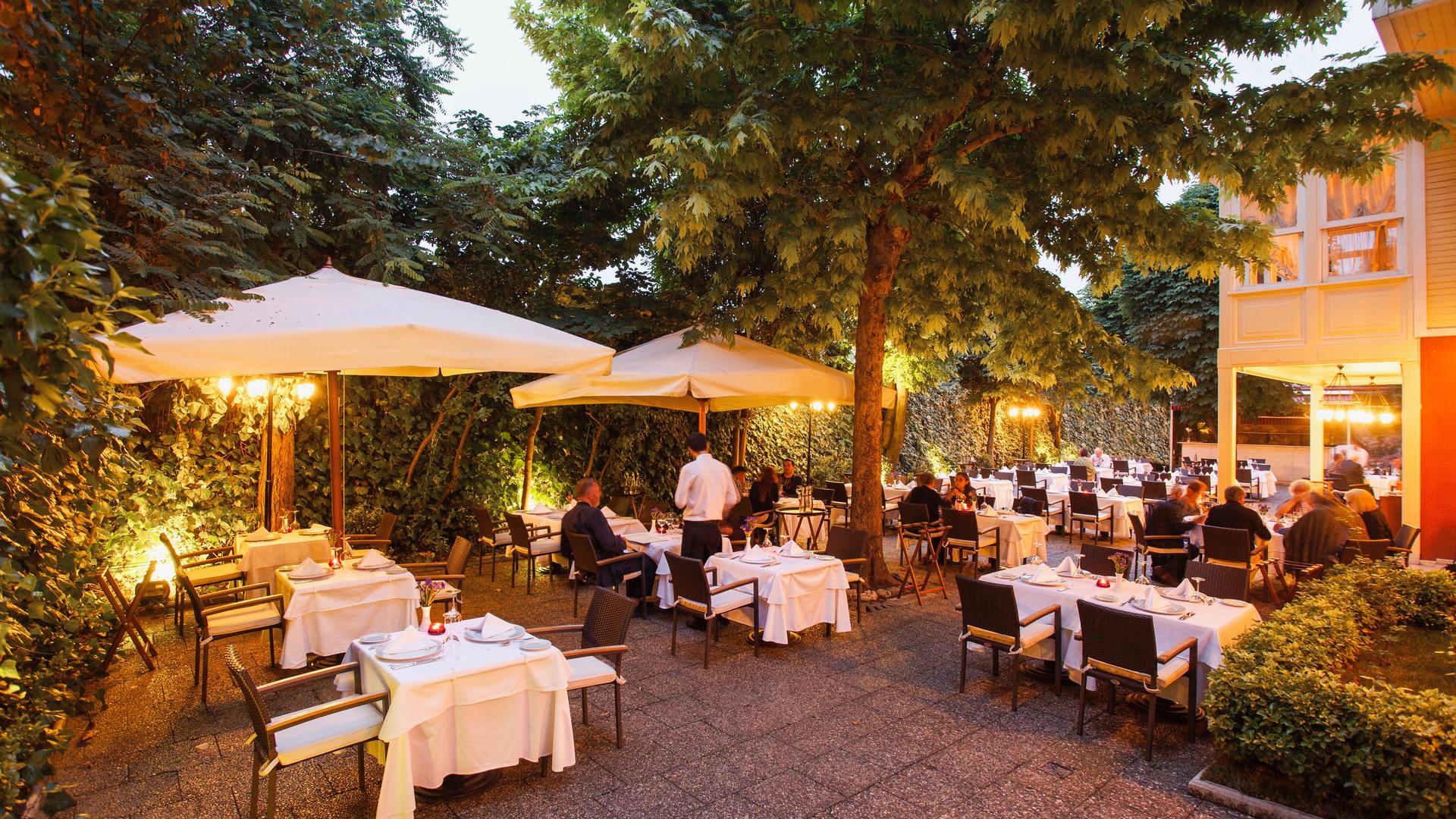Batur Durmay says the idea for Istanbul’s Asitane restaurant — inspired by Turkish palace kitchens — came about somewhat arbitrarily.
His father ran a mold-making company in the 1970s and ’80s, often working with overseas companies. Whenever they landed a new contract, his father treated his visiting partners to a good, Turkish meal.
But it was hard to find a decent restaurant in the area back then.
So, Durmay’s mother often prepared elaborate meals for business parties. It went on for years until eventually, she got fed up with all the cooking. Durmay’s father opened a restaurant to solve the problem, and for the prestige. He wanted to showcase the rich and diverse selection of dishes found in classical Turkish cuisine.
Several decades later, the restaurant is still going strong. It’s housed in one of two mansions the family bought as an investment, along with a row of colorful houses in an adjoining street. The large, square rooms of the main restaurant look out onto a tree-lined terrace. In the summer, it’s full of diners enjoying the balmy night air in sight of the 11th-century Chora Museum, formerly a church.
Asitane is popular with businessmen, government officials and foreign consulate staff looking to impress their guests, and tourists keen to sample palace food.
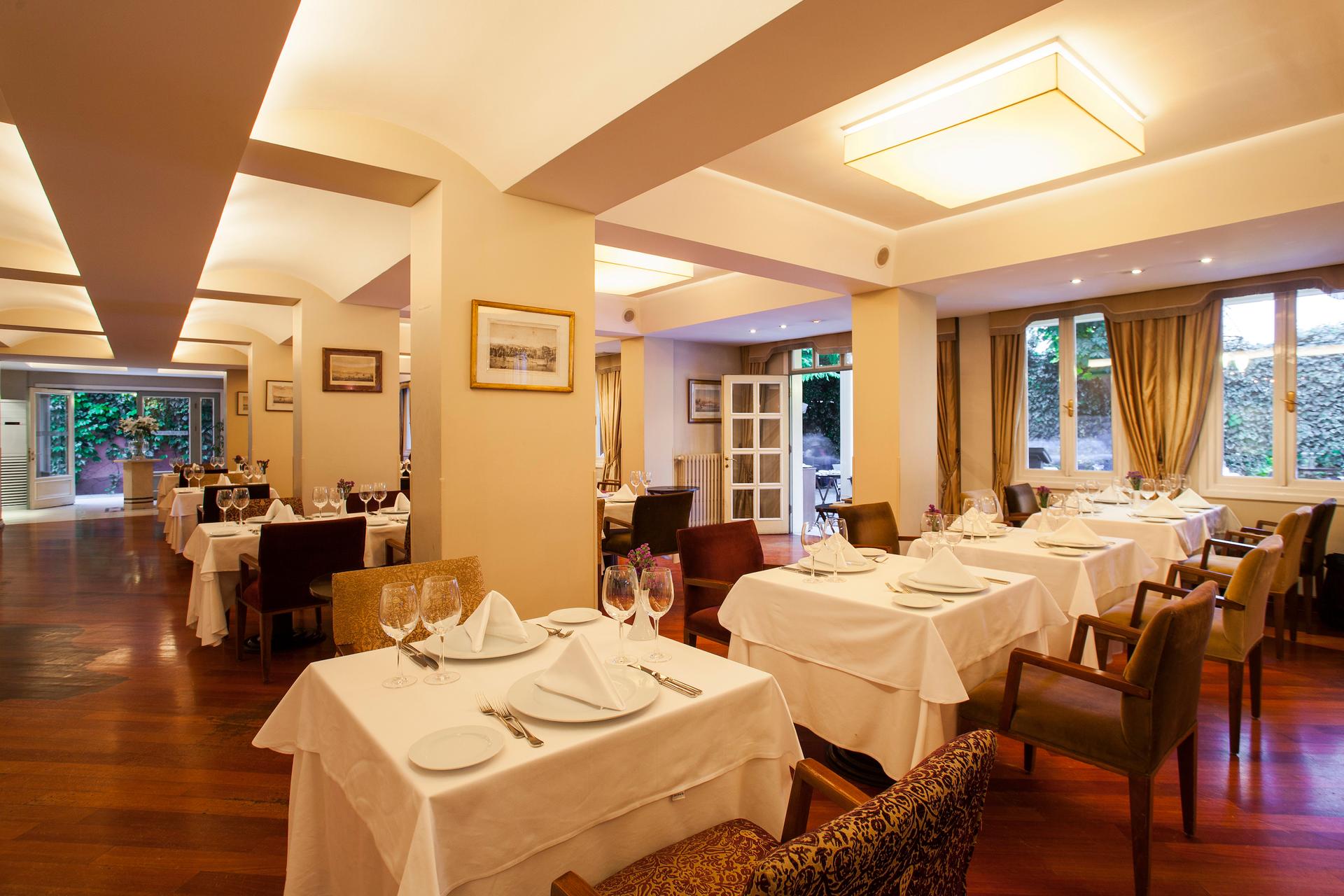
Related: Nakiye Elgün was a well-known feminist in Ottoman times. Few know of her today.
For Durmay, who was 18 when it opened, Asitane is more than a restaurant — it’s a second home and a slice of Turkish history.
“First of all, it gave me a very good vertical knowledge on a specific topic, which is food, especially food … originating from this geography … [the] Balkans, Eastern Europe, the Caucasus. I mean, basically all the lands … located on both the Silk and Spice roads.”
“First of all, it gave me a very good vertical knowledge on a specific topic, which is food, especially food … originating from this geography … [the] Balkans, Eastern Europe, the Caucasus. I mean, basically all the lands … located on both the Silk and Spice roads.”
He’s also met a lot of people here. “It widened my world by a lot. I don’t have an education like this, an opportunity like this doing something else … I think [it] shaped my personality.”
The name Asitane in and of itself references the city’s history. Asitane, a nickname for Istanbul, has a couple of meanings in Persian: “The first meaning is the ‘doorway’ or the “gateway.” If you look at it geographically, [Istanbul] sits in the middle of Europe and Asia Minor, so it’s like the opening gate to Europe and to the East at that time,” Durmay said. “And the second meaning is theological, I believe; it means the ‘center.’”
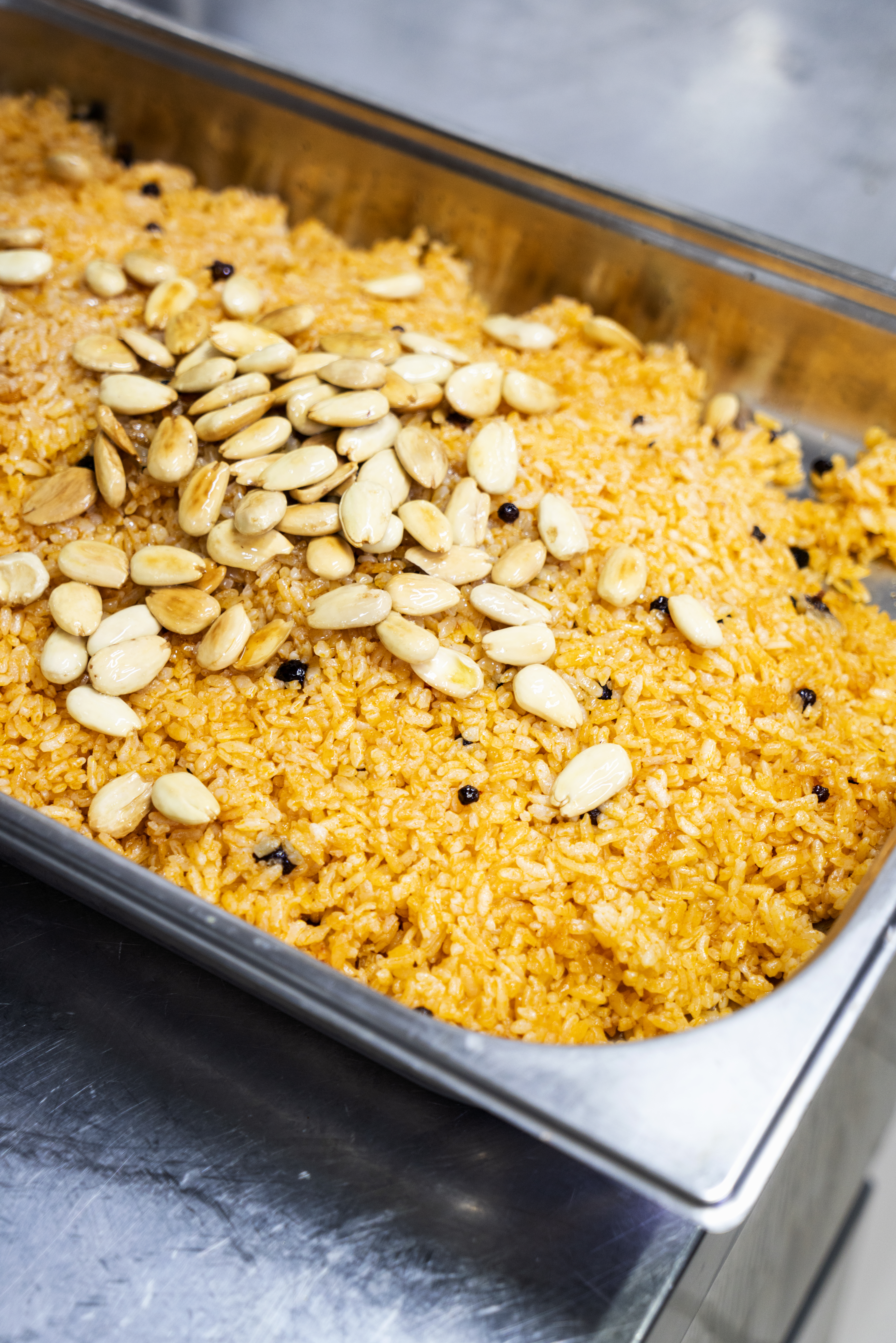
Asitane restaurant represents the city’s historical makeup through food. The menu reflects the different culinary elements brought into Turkey by early immigrants and through imports from the Ottoman territories.
When the Ottomans conquered Istanbul in 1453, it had long been home to a mix of peoples such as Byzantine Greeks, Turkic-speaking Muslim converts originating from Central Asia and Seljuks from Persia. They left a mark on local cuisine, but tracking down the origins of those foodstuffs involves plenty of painstaking research that takes place long before any cooking begins.
Early on, an old family friend, Engin Türker, was more than happy to tackle the job. Türker, who was passionate about the subject, spent many months researching Ottoman palace foods, looking through official archives, libraries and private collections. “Very few recipes … come intact and exact, describing the full techniques and the ingredients and the quantities to be used and the order to be applied,” Durmay explained.
Related: Is Turkey seeking a neo-Ottoman Empire?
Hums lokması, or hummus, is a case in point. Asitane’s Ottoman palace version dates to 1469. Like its modern-day counterpart, it’s made from chickpeas, but differs by being a mix of both savory and sweet tastes using currants, pine nuts and cinnamon. Durmay gleaned this from multiple sources, including a 1952 cookbook containing recipes dating to Fatih Sultan Mehmet’s reign. Crushed chickpeas were frequently ordered for Topkapı Palace.
Consequently, as Ottoman food expert and author Mary Işın knows from her experiences, tracking down the details of a specific dish involves more than just looking through old recipes. “I use thousands of sources, including poetry, probate registers, dictionaries, medical books, endowment deeds, travel accounts and autobiographies,” she said.
After finding the name of a dish, Durmay does the same.
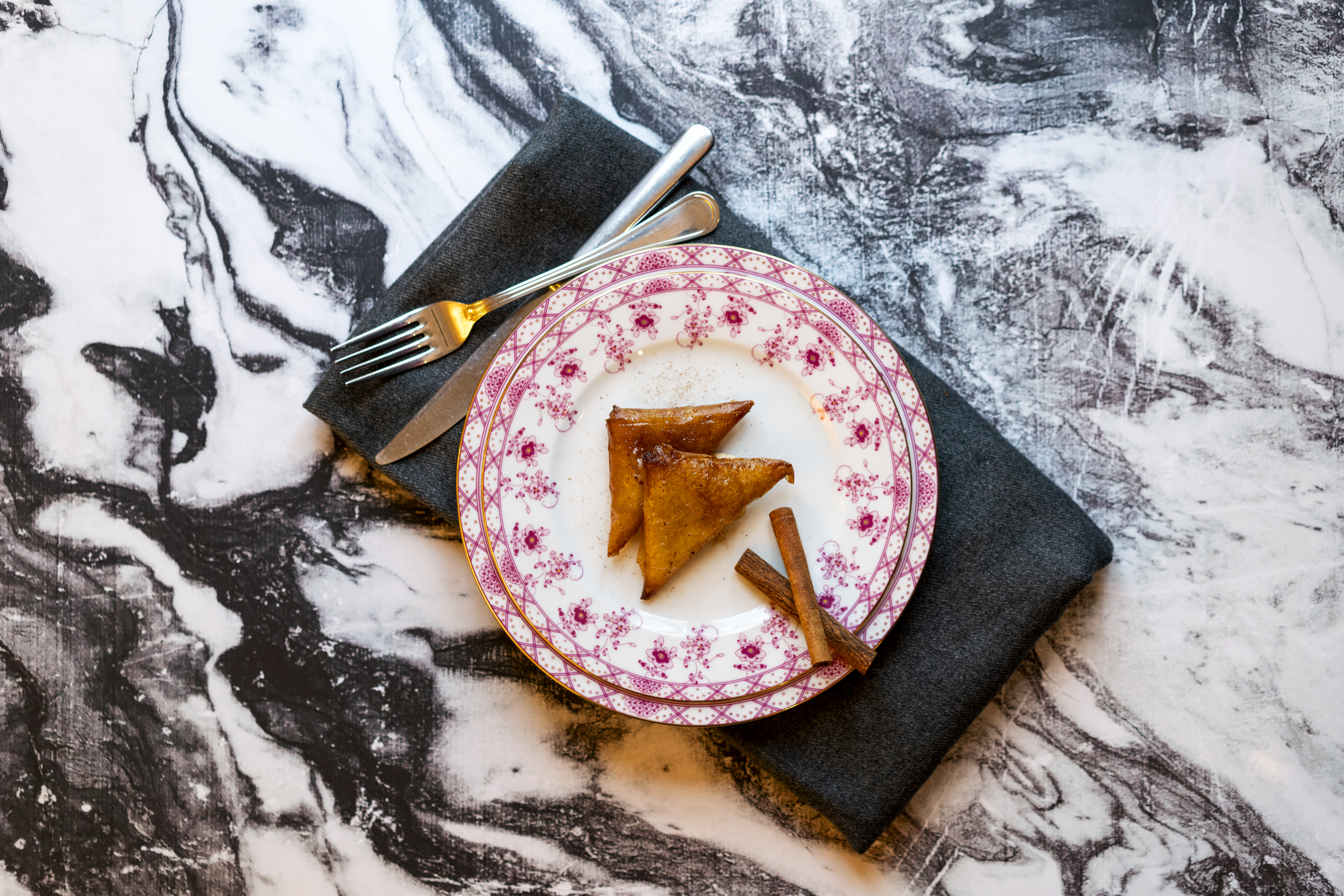
When Asitane first opened, the Turkish government had begun the gargantuan task of cleaning, indexing and digitizing the enormous number of archives left by the Ottoman Empire, which Durmay has leaned on. He sifted through poems, private letters and diaries going back centuries; palace and port records; historical recipes; and cookbooks spanning Ottoman times through 1924, the start of the modern Turkish republic.
“Believers thought they were spending God’s money, Allah’s money, because everything on land, below land, living, nonliving belonged to Allah.”
He often refers to order books and account ledgers kept by Topkapı, Bursa and Edirne palaces dating from the 15th to the 19th centuries. Durmay said these records of state spending were surprisingly well-kept, probably because “believers thought they were spending God’s money, Allah’s money, because everything on land, below land, living, nonliving belonged to Allah.” As a result, they would eventually be held accountable.
The order books reveal what was brought into kitchens while the account ledgers indicate costs, which affords valuable information about consumption and the availability of different foods. For example, “Sometimes, we would find receipts which would say, ‘OK, we will be needing 12 pairs of mackerel to cook stuffed mackerel,’ so all of a sudden you have a trace, what was bought. So, we can see the pricing for the fish markets and we can then see definitely if that year, the fish industry was doing well or not, and this kind of stuff.”
Related: 11,000-year-old Turkish town about to be submerged forever
Durmay cross-referenced this information with narh ledgers. Narh is an Ottoman term for a system designed to keep market prices for staple goods at a set level. “[Officials] would do continuous checks in the markets so there wouldn’t be any people selling at an inflated or higher prices.”
Durmay realized he needed a system for organizing all of this information — that led to the creation of a database. Using Asitane’s digitized library, he can now enter a dish’s name into the computer and it will cull through as many as 3,000 entries. A custom-designed algorithm throws up similarly named dishes and others with like ingredients.
While research is no longer a manual task, it’s still extremely complex given the variety of records available. Additionally, through time, the names can change or some of the components alter. For example, Durmay found numerous references to tavşan kebabı (rabbit kebab) in 1764. One source gives it as rabbit meat grilled over a light flame. Another describes it as rabbit wrapped in lamb, then grilled. A third source references tavşan yahnisi (rabbit hot pot). In that version, 50% of the meat is boiled and then fried with the rest of the meat in a pan.
After combing through a diverse range of sources to pin down how a particular dish looks, smells, tastes and feels, this knowledge gets put into practice. Durmay and his team spend many months doing trial and error for each dish, such as karidesli kalamar dolması (calamari stuffed with shrimp), continually comparing it to mentions in historical texts, lines of poetry, recipe books and elsewhere. They also have to balance the demands of running a modern commercial kitchen against their aim of producing authentic Ottoman flavors.
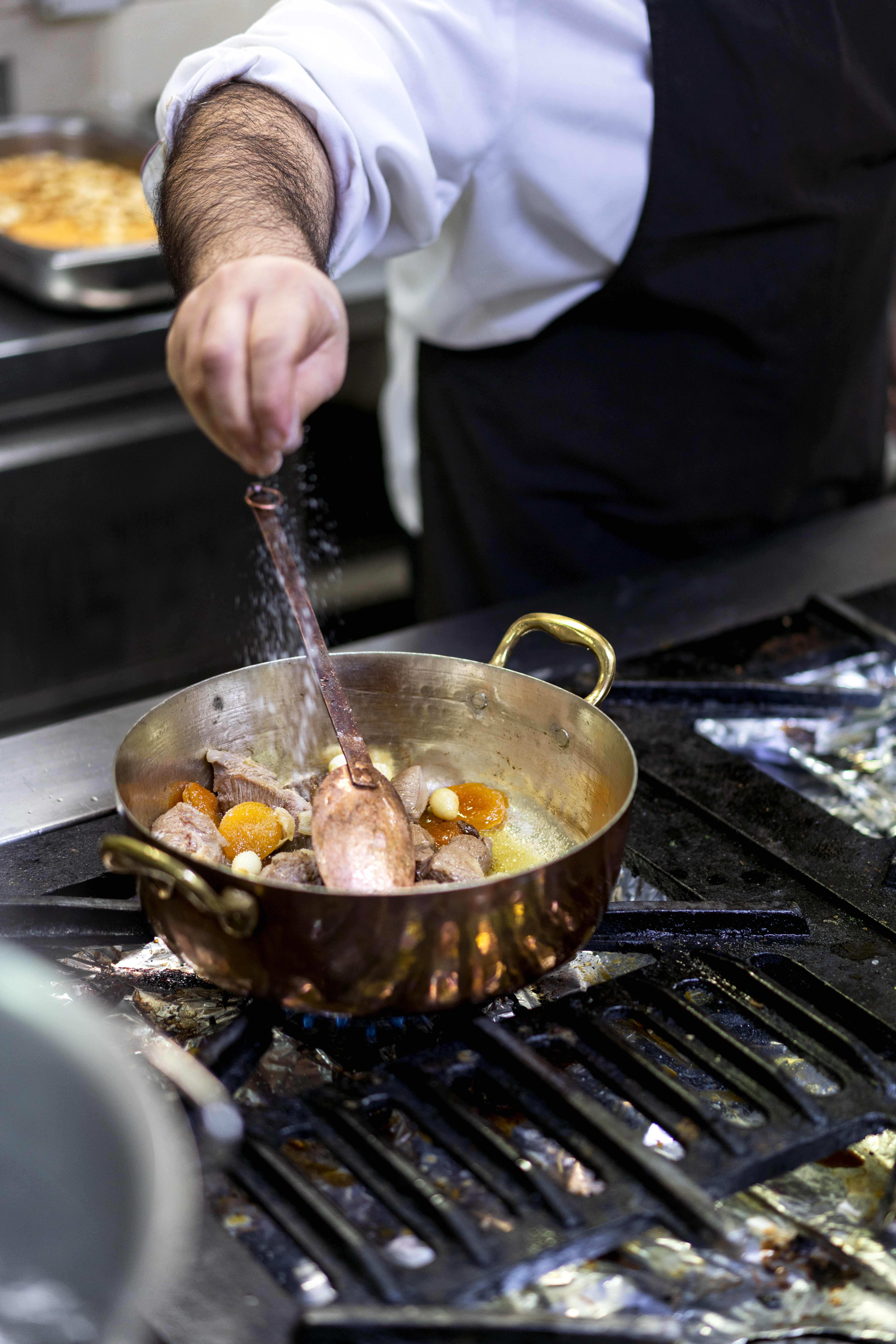
Related: How women who’ve left Turkey are helping those left behind
They adhere to common standards in relation to storage, ventilation and safety while trying to keep as close to traditional cooking methods as possible. They can’t have large wood fires in the kitchen, but they don’t apply modern techniques like palate grilling (a smart grill that connects to a mobile device), either.
“If we really want to do the dish, but cannot find the ingredients, we always approach an able farm or person to grow it for us or to supply us.”
However, they always use quality original ingredients, otherwise the dish doesn’t make it onto the table. Durmay isn’t one to give up on things easily. “If we really want to do the dish, but cannot find the ingredients, we always approach an able farm or person to grow it for us or to supply us.” About 10 years ago, he flew to a village in southeast Turkey to arrange for the production of tarhana for soup. Tarhana is a coarse, dry, crumblike ingredient traditionally made by fermenting yogurt mixed with tomatoes and flour that needs to be prepared in a dry climate. Istanbul is too humid, but with temperatures reaching up to 122 degrees Fahrenheit in the summer, the southeast is perfect.
After being mixed together and boiled in a pot, the mix is left to ferment for three days. The pulpy substance is laid out on woven straw mats and dried in the sun. When ready, the mats are rolled to shatter the tarhana. The resulting flakes are stored in woven sacks. The Asitane soup recipe requires tarhana made from wheat, yogurt, tarragon, mint and parsley. First, Durmay and his team had to convince the villagers to make it using different ingredients and then ensure the end product was the same each time.
Much of the food that appeared on the palace tables during the classical period of Ottoman cuisine during the 15th to 17th centuries came from the Spice and Silk roads. Pineapples are a good example. Durmay came across a pineapple jam recipe from 1794 and set about confirming its veracity. He commented that, “Obviously, pineapple was not grown in Turkey or [the] Ottoman Empire, but then when we go back to tax reports, we can see that it was bought on the Spice Road, and then brought to Istanbul port through the Alexandria port by ships. About one-third of it was kept for the palace and high-ranking officials’ use. The product was so outrageously high-priced, a regular person wouldn’t be able to see it in the market.”
Thanks to the port tax records, Durmay knows for a fact that pineapples were actually brought into Istanbul. Without this proof, he couldn’t say for certain pineapple jam really was served to the Ottomans. These tax books are also useful for building up a picture of trade routes in the empire, and to document alliances between the Ottomans and other realms. For example, salty cheese was first brought to Turkey from the Balkans, while köfte, now famously associated with the Inegöl district of Turkey, was introduced by Turks who had spent time in Bulgaria.
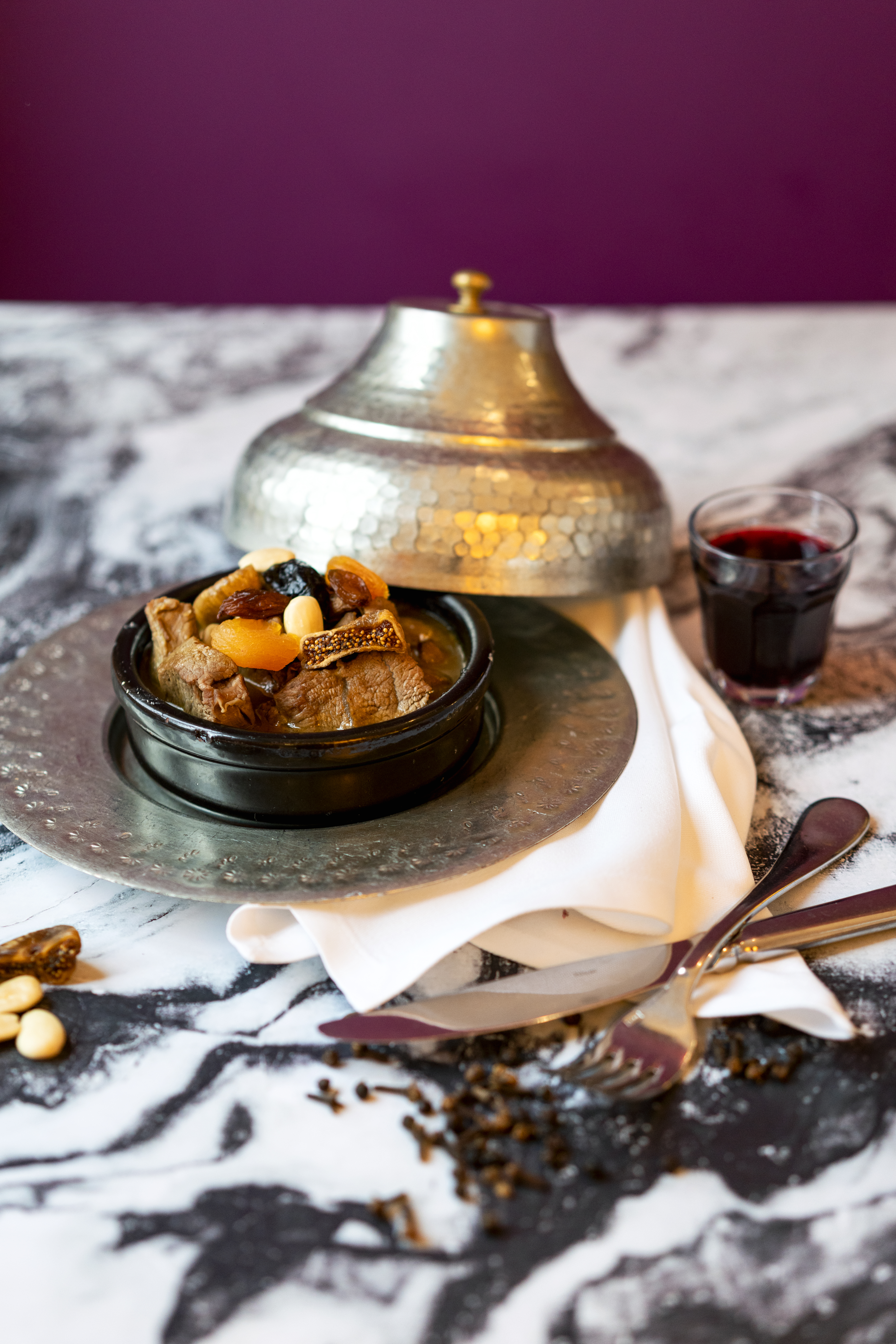
Although Ottoman cuisine is famous for dishes made from exotic items delivered directly to the kitchens of the rich and titled, a lot of other items are now part of the everyday Turkish kitchen. Right from the empire’s beginning, a large amount of fruit and vegetables were consumed in Istanbul, suggesting an overlap of Greek Mediterranean influences. Cereals, used to produce wheat and added to soups, were brought from Mesopotamia.
Yogurt, essential in the Turkish diet, was a staple of the Turkic peoples from Central Asia who migrated from the cold Great Steppes to the harsh plains of central Anatolia. They’re also thought to have introduced the use of cured meat, known as pastırma, to Turkey.
“The Ottoman Empire was vast, and Turkey has seen migrations of populations for eons, so of course, there is lots of crossover,” said Robyn Eckhardt, journalist and Turkish cookbook author. “In part, we can thank the Ottoman Empire, which facilitated the import of dishes, cooking techniques, and ingredients to Turkey.” One of her favorite dishes at Asitane, she said, is kavun dolması (whole melon stuffed with seasoned lamb) dating to 1539 — a perfect example of what Ottoman cooks excelled in, combining sweetness in the form of fruit, with the savory flavor of meat.
Each dish that comes out of Asitane’s kitchen is the result of a lot of time, patience and dedication.
“Re-creating Ottoman foods is not easy. That is why it is so important that Batur Durmay has devoted time and effort to this work at his restaurant. It requires chefs skilled in traditional as well as modern cooking techniques, and ingredients and utensils that as far as possible match those of the period concerned.”
“Re-creating Ottoman foods is not easy. That is why it is so important that Batur Durmay has devoted time and effort to this work at his restaurant. It requires chefs skilled in traditional as well as modern cooking techniques, and ingredients and utensils that as far as possible match those of the period concerned,” Mary Işın said. “An Ottoman dish cooked in a tinned copper semicircular cooking pan will not taste the same when cooked in a modern steel cooking pan.”
Once through the gateway that is Asitane, these historical rediscoveries and re-creations make the restaurant a center for Turkey’s richly diverse ancestry represented by food. Eckhardt says Asitane stands out from what’s been called the New Anatolian cuisine illustrated by other Istanbul restaurants. This is because, in Eckhardt’s words, “Asitane’s kitchen is using a swath of historical records to inform the restaurant’s menus, so eating there is not merely a lovely sensory experience, but also a learning experience as well.”
